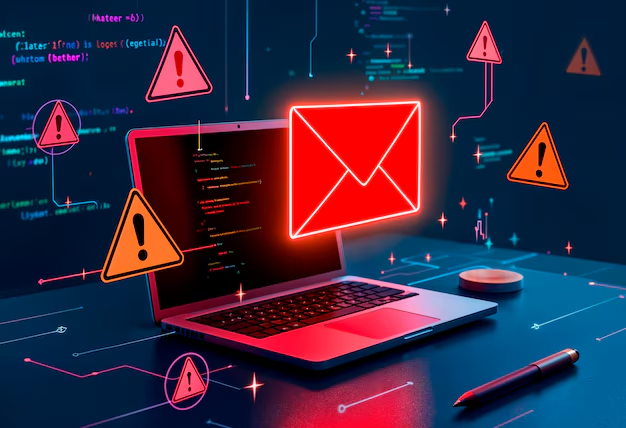How to Detect and Prevent Phishing Attacks in IT
How to Detect and Prevent Phishing Attacks in IT
Phishing attacks are one of the most common and dangerous cyber threats faced by individuals and organizations today. These attacks involve cybercriminals posing as legitimate entities to deceive victims into revealing sensitive information, such as login credentials, financial details, or personal data. Understanding how to detect and prevent phishing attacks is crucial for safeguarding IT systems and sensitive information.
How to Detect Phishing Attacks
- Suspicious Email Addresses and Domains
- Phishing emails often come from addresses that resemble legitimate sources but have slight variations (e.g., “support@amaz0n.com” instead of “support@amazon.com“).
- Always verify the sender’s email address before clicking on any links or downloading attachments.
- Urgent or Threatening Language
- Attackers use fear tactics, such as account suspension warnings or security breaches, to prompt immediate action.
- Be cautious of emails urging you to click links or provide sensitive information urgently.
- Unusual Links and Attachments
- Hover over links before clicking to check if the URL matches the official website.
- Avoid downloading unexpected or suspicious attachments, as they may contain malware.
- Poor Grammar and Formatting
- Many phishing emails contain grammatical errors, misspellings, or unusual phrasing.
- Legitimate companies usually maintain professional communication standards.
- Requests for Sensitive Information
- Banks, government agencies, and reputable businesses never request sensitive data via email.
- If you receive an email asking for passwords, credit card details, or Social Security numbers, verify the request directly with the organization.
How to Prevent Phishing Attacks
- Implement Strong Email Security Measures
- Use email filtering solutions to block phishing emails before they reach inboxes.
- Enable multi-factor authentication (MFA) to add an extra layer of security.
- Educate Employees and Users
- Conduct regular cybersecurity training on how to recognize phishing attempts.
- Encourage employees to report suspicious emails to the IT department.
- Verify Requests Before Taking Action
- Always confirm requests for sensitive data through official channels.
- Avoid clicking on links in unsolicited emails; instead, visit the official website directly.
- Use Advanced Security Tools
- Deploy endpoint protection and anti-phishing software to detect and block malicious activities.
- Regularly update antivirus programs and security patches to protect against evolving threats.
- Monitor and Respond to Threats
- Conduct regular security audits and phishing simulations to test awareness.
- Have an incident response plan in place to quickly address phishing attacks.
Final Thoughts
Phishing attacks continue to evolve, making it essential for individuals and organizations to stay vigilant. By learning how to detect and prevent phishing attempts, businesses can safeguard their IT infrastructure and protect sensitive data from cybercriminals.
Have you encountered phishing scams before? Share your experiences and tips in the comments below.


